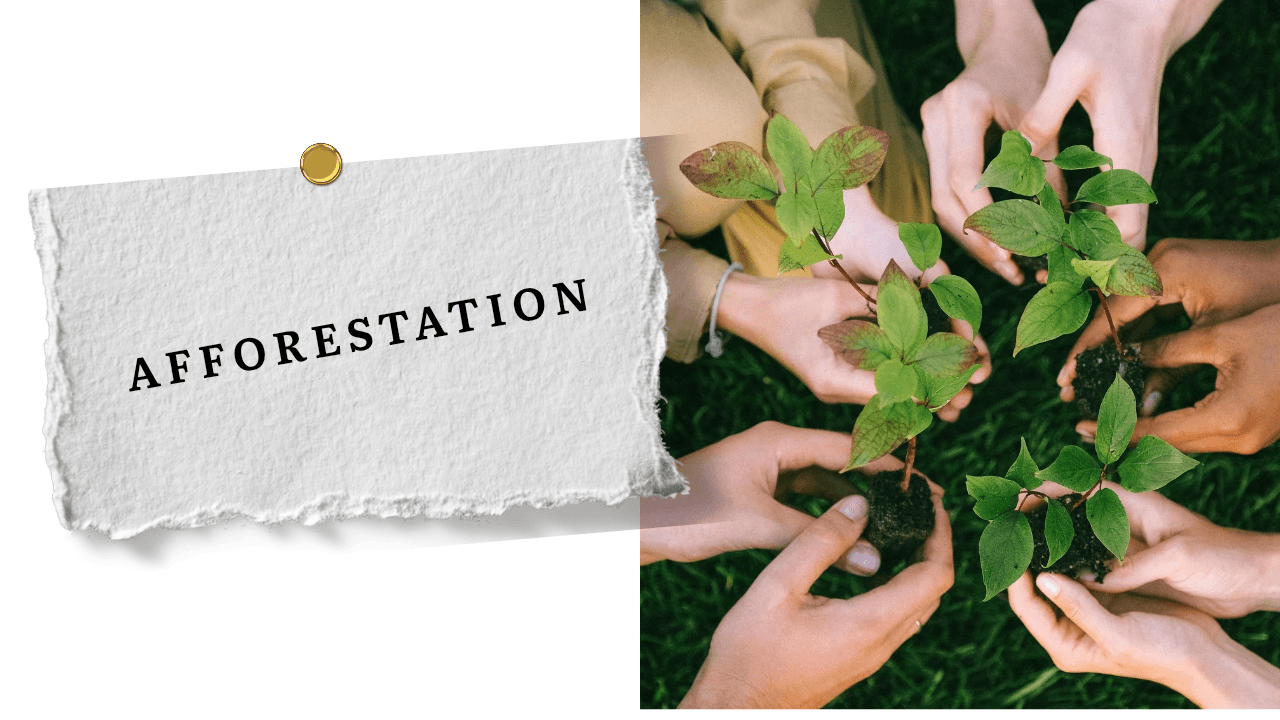Afforestation: A Path Toward a Greener Future
Afforestation refers to the process of planting trees in areas that have not been forested for a long time or were never forested at all. It is a vital environmental strategy to combat deforestation, reduce carbon emissions, and restore ecological balance. With the rapid pace of industrialization and urbanization, the natural green cover of the Earth has been drastically reduced, leading to climate change, soil erosion, and loss of biodiversity.
One of the primary benefits of afforestation is its ability to absorb carbon dioxide from the atmosphere, thus mitigating the effects of global warming. Trees also improve air quality, conserve water, prevent soil erosion, and provide habitat for countless species of flora and fauna. In addition, forests play a crucial role in maintaining the water cycle and protecting watersheds.
Afforestation also contributes to the economy by creating job opportunities in forestry and promoting sustainable livelihoods through the harvesting of non-timber forest products. Furthermore, it enhances the aesthetic value of landscapes and contributes to recreational and tourism activities.
However, afforestation must be done thoughtfully. Planting non-native species or creating monocultures can harm local ecosystems. Hence, it is important to use native species and maintain biodiversity to ensure ecological integrity.
In conclusion, afforestation is a powerful tool for restoring the environment and combating climate change. Governments, communities, and individuals must work together to promote afforestation through education, policy, and practical action, ensuring a healthier planet for future generations.



